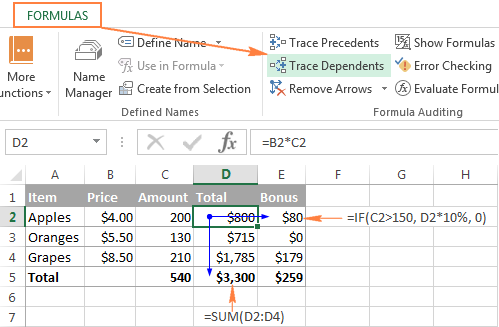
:max_bytes(150000):strip_icc()/Ascii_Table-nocolor.svg-5c842eeec9e77c00010c21f3.png)
- Excel for mac does not recognize ascii code 160 full#
- Excel for mac does not recognize ascii code 160 iso#
- Excel for mac does not recognize ascii code 160 windows#
There are "Transmission Controls" for use with transmission protocols and "Device Controls" to start, operate and stop auxiliary devices. There are "Format Effectors" that control the appearance of plain text. This set of control characters covers many uses. All of these characters are defined by the same standards. Two additional ASCII characters, SP and DEL, fall outside the C0 area, but they are closely related to the C0 set. These characters consist of a set called C0 and two additional characters. The first group of control characters originates from ASCII. Characters SP and DEL appear together with C0.
Excel for mac does not recognize ascii code 160 iso#
Origin with ASCII and ISO 646 character sets. Control characters in standards ASCII control charactersĬ0 = positions 0–31. One can find them in the International Register of Coded Character Sets. Alternative control characters are not discussed in this article. Even totally different alternative sets exist. In them, a part of the standard C0/C1 controls have been deleted or replaced by new controls. Alternative sets were defined for special uses. Note: These control character sets are not the only control characters ever used. They appear at 160 and 173 (hex A0 and AD).
Excel for mac does not recognize ascii code 160 windows#
They are also used in Windows and Unicode. Two special characters, NBSP and SHY, are from ISO 8859. This set is related to ANSI escape sequences and VT100. C1 is primarily for displays and printers.

The ASCII control characters cover a wide range of uses, such as text layout, transmission and device control, and more. Two additional controls appear at 32 and 127 (hex 20 and 7F). The ASCII control character area covers code positions 0–31 (hex 00–1F). Groups of control charactersįor the purposes of this document, control characters are divided into three groups.ġ. Click a character to jump to more information on it. Color coding indicates character category. The character codes are given in hexadecimal. The above clickable table summarizes the control characters. The rest of the article lists all the control characters in detail. This article starts by looking at the history of control characters in standards. Control characters in modern applications.ISO 8859 special characters NBSP and SHY.In addition, certain characters were originally defined in an ambiguous or loose way, which has resulted in confusion in their use. Some characters are used contrary to the standards. In many cases, the standards define one use for a character, but common practice is different. The information is based on a number of standards released by ANSI, ISO, ECMA and The Unicode Consortium, as well as industry practice.

This article looks back at the history of character sets while keeping an eye on modern use. What happened to the control characters? Are they still used and if yes, for what? Since then, many new character sets and standards have been published. When ASCII first appeared in the 1960s, control characters were an essential part of the new character set. what are all these codes for? Should I care about them? This is an in-depth look into control characters in ASCII and its descendants, including Unicode, ANSI and ISO standards. The same characters have found their way to Unicode as well. We also use the CLEAN() function which attempts to remove characters that simply wouldn’t display on your machine in the first place.Tens of odd control characters appear in ASCII charts. We start by using SUBSTITUTE() to replace all instances of CHAR(160) (non-breaking space) with normal space characters. The trick is to combine TRIM() with a few more functions. To fully resolve our issue and ensure we always remove leading and trailing spaces of all kinds, copy all four cells in row 2 down into row 3, so rows 2 and 3 are presently identical.
Excel for mac does not recognize ascii code 160 full#
We’ll now clearly see the problem with TRIM() – while it worked in row 1 and removed all the normal spaces, it doesn’t do anything in row 2 and thus our ‘ TRIMED’ version is still the full 18-length string.

Now copy/paste the three test cells B1:D1 and paste them into row 2 starting at B2. In this case for testing, CHAR(160) is a non-breaking space, so the contents of A2 appears to match that of A1, but in fact the spaces on either side for A2 are non-breaking. In Excel, the CHAR() function allows us to output characters based on the numeric identifier of that character.


 0 kommentar(er)
0 kommentar(er)
